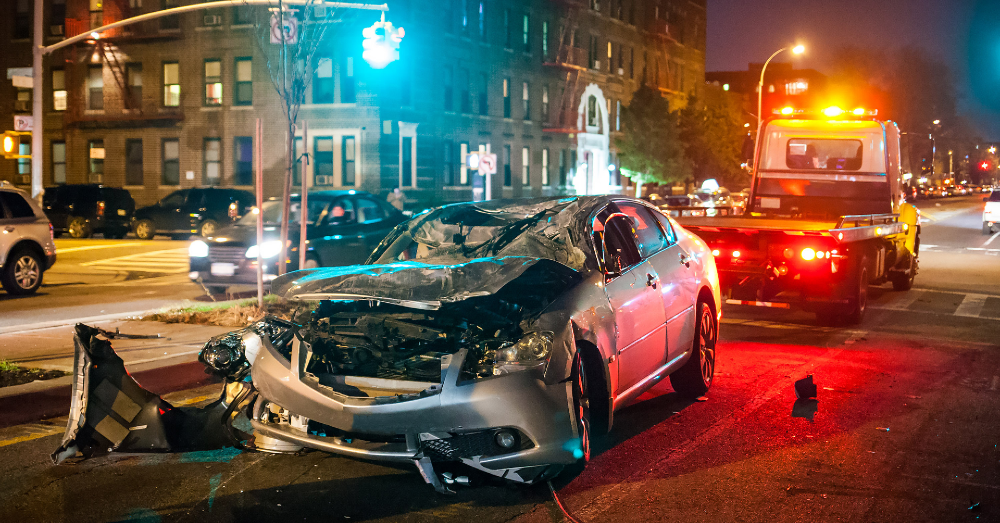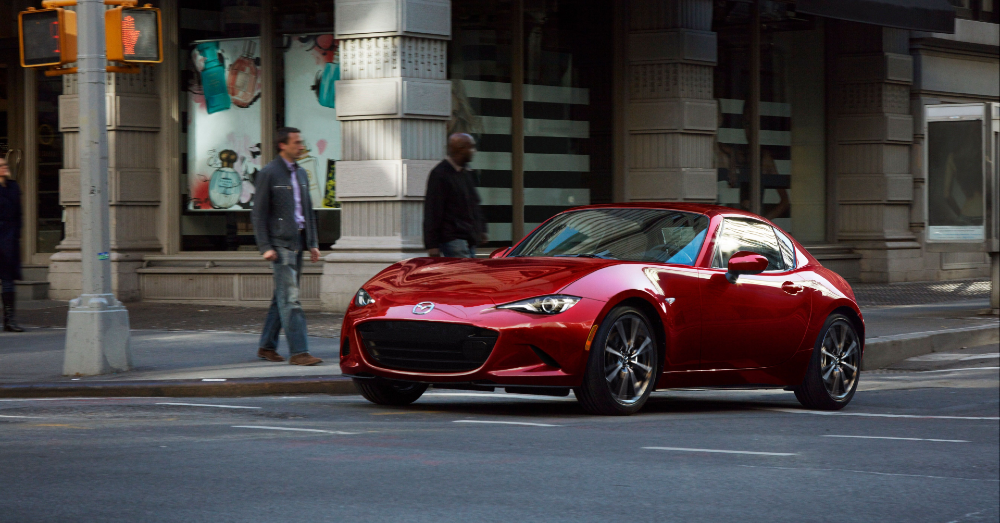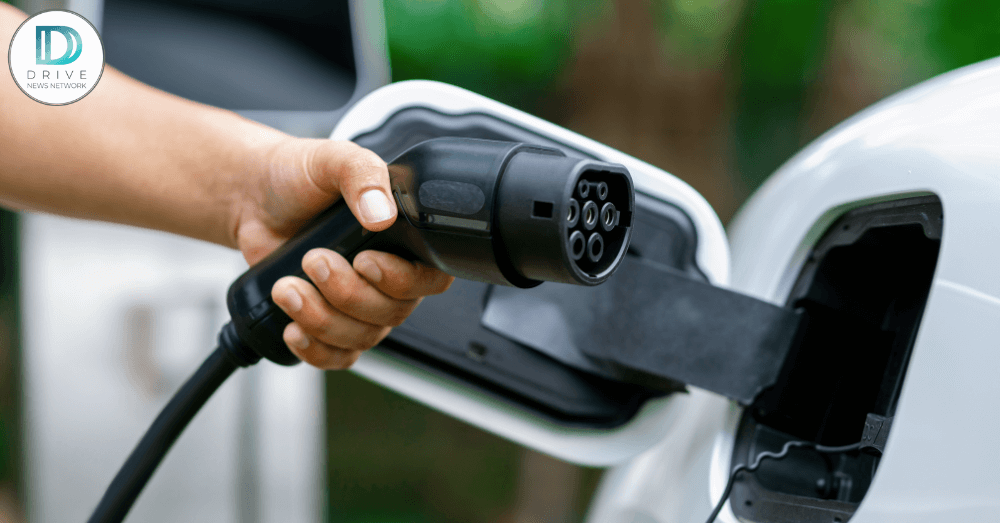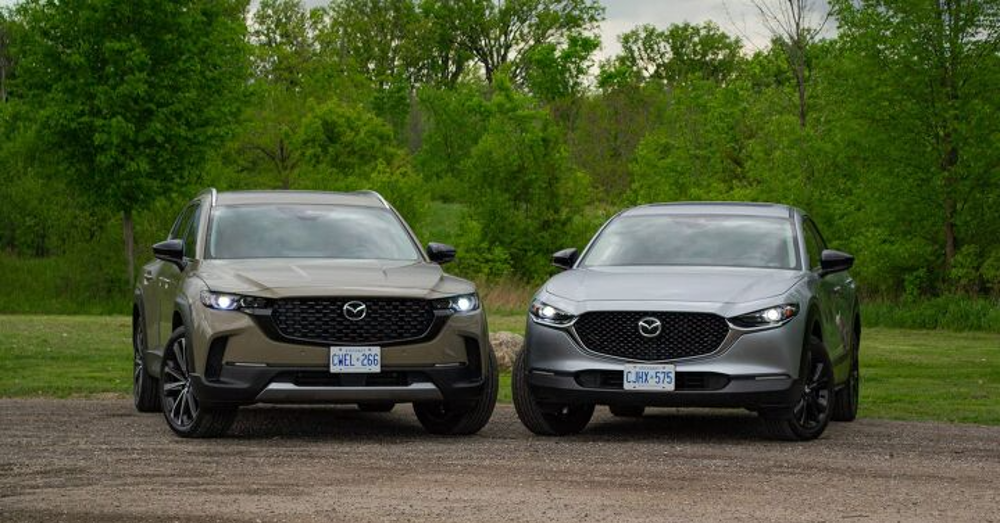
Demystifying Car Insurance: Understanding Coverage Options
Every state has different requirements for car insurance coverage. Do you know what type of insurance you need and how much it should cost?
Driving on the road also requires you to cover yourself and your vehicle with some type of insurance. Although there are many drivers without coverage, you want to be protected in case of an accident with another vehicle. This is an important part of creating the best driving experience possible. When you have insurance coverage, you’ll have the peace of mind necessary to go out on the road and enjoy a drive.
Let’s look at a few different types of car insurance coverage.
Liability Insurance
Liability insurance is the bare minimum you should have for yourself and your car. This insurance compensates the other parties involved in an accident with you when you’re at fault. If you are at fault for the accident, liability insurance will not cover repairs to your vehicle. This insurance coverage is the cheapest you’ll find, which makes sense since it’s the bare minimum coverage offered. If you have a loan or lease on your vehicle, you cannot cover it with liability insurance.
Collision and Comprehensive Insurance
Typically, when you secure a car loan or lease, you’re required to cover the vehicle with collision and comprehensive car insurance. Collision insurance pays for damage caused to your vehicle in an accident, while comprehensive insurance covers damage caused by other events than a collision. Comprehensive insurance is important to avoid losses due to vandalism, theft, or acts of nature. If you lease your vehicle, you’ll be required to have these two insurance coverages on your vehicle.
Uninsured and Underinsured Insurance
Many states require you to have uninsured and underinsured motorist coverage to pay for medical bills and property damage not covered by the at-fault offender’s insurance. If you’re in an accident with a driver that either has no insurance or inadequate insurance coverage, this type of coverage helps to cover these expenses. This is also the type of insurance required when hit-and-run incidents take place. Not all states require this insurance, but it could be extremely useful, especially when you drive in a large city with lots of traffic.
Medical Expense Insurance
Most insurance companies offer a separate section of medical expense coverage with auto policies. This insurance covers your medical bills regardless of the accident fault or coverage the other motorist carries. This does not cover your lost wages, but that might be part of your health insurance coverage through your employer. This is an insurance you might be able to skip because you don’t need to have both medical expense coverage and health insurance. Check to see if these insurances overlap before paying for medical expense insurance as part of your auto policy.
GAP Insurance
When you enter into a car loan, one of the most important insurance coverages you can sign up for is GAP Insurance. This car insurance stands for Guaranteed Asset Protection, which covers the difference between the car’s value and the balance of the loan if there is a difference. This insurance means you won’t have to pay out of pocket if your car is totaled and makes it much easier to secure another car loan when you’ve been in an accident.
Rideshare Insurance
If you utilize your vehicle for ride-hailing services such as Uber and Lyft, you need to have a rideshare policy in place. This insurance covers your vehicle for situations not typically covered under your personal auto policy or the rideshare company’s insurance policy. When you have passengers in your vehicle that are strangers and paying for the ride, this type of insurance is an important part of staying covered when you drive. Many people use their vehicles for deliveries and ride-hailing services and need this insurance.
Original Equipment Coverage
Typically, insurance companies pay as little as possible for car repairs, which means the repair shop might use aftermarket items instead of original equipment manufacturer (OEM) parts. Paying a little extra for this coverage guarantees the repair will be done with OEM parts. This could be something to think about when you drive a high-priced luxury vehicle that takes expensive parts to fix it. It might be worth the added cost to ensure your vehicle is repaired correctly and with the right parts if you’re ever in an accident.
There are several other types of car insurance coverage you can add to your policy to make sure you’re never without a vehicle after an accident.
This post may contain affiliate links. Meaning a commission is given should you decide to make a purchase through these links, at no cost to you. All products shown are researched and tested to give an accurate review for you.



